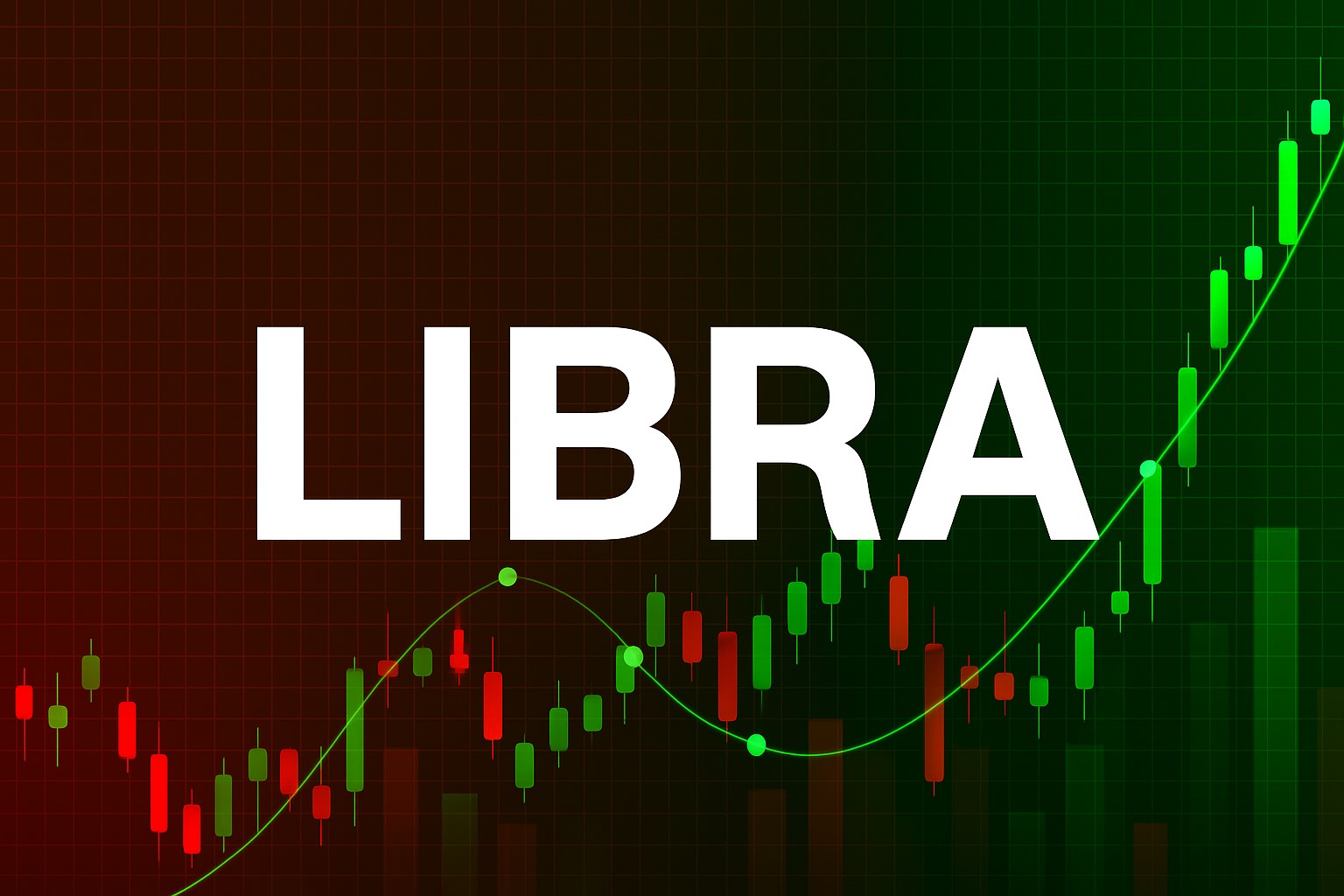Jupiter ($JUP), Solana’s most popular decentralized exchange, has doubled its price to $0.6134 in a stunning recovery from April’s low of $0.3064. With its total value locked (TVL) now standing at $2.6 billion, the protocol is rapidly gaining on Uniswap’s market dominance.
Fueled by surging interest in DeFi and major platform upgrades, Jupiter’s rise has been accompanied by a 144% spike in trading volume, signaling that investor confidence is firmly returning—and the next major milestone may be $1.
Jupiter’s Expansion Strategy: Lending Integration and Wallet Overhaul
The project’s rebound hasn’t been fueled by hype alone. Jupiter is strategically expanding into DeFi lending through a partnership with Fluid, aiming to challenge Kamino Finance. At the same time, the DEX has upgraded its user experience with a redesigned wallet dashboard that unifies crypto holdings across all addresses.
On May 7, it introduced its “Universal Send” tool for Jupiter Mobile—letting users send crypto to anyone, even those without wallets. These features are part of a broader vision to simplify DeFi and expand usability across Solana.
Impressive TVL, Modest Market Cap—Is $JUP a Sleeper Gem?
Despite its achievements, Jupiter’s $1.8 billion market cap is still relatively small, especially when compared to Uniswap’s $3.9 billion. With higher trading volume and more than $2 billion in assets locked, many argue $JUP deserves a bigger valuation.
Trading activity surged to nearly $500 million over the past day, and open interest rose 12%. Analysts believe this growing momentum reflects both retail and institutional interest returning to Solana’s DeFi sector.
JUP Eyes $1: Key Chart Levels to Watch
On the charts, $JUP has broken out of its descending trendline and reclaimed a short-term bullish posture. The MACD indicator has turned green, signaling strong momentum behind this upward move.
Still, bulls must clear resistance at $0.8387, a level that once served as strong support. A clean break could open the path to $1 and higher targets at $1.21 and $1.41.
If buyers fail to defend the $0.55–$0.60 support range, a pullback to the $0.50 region may follow.



